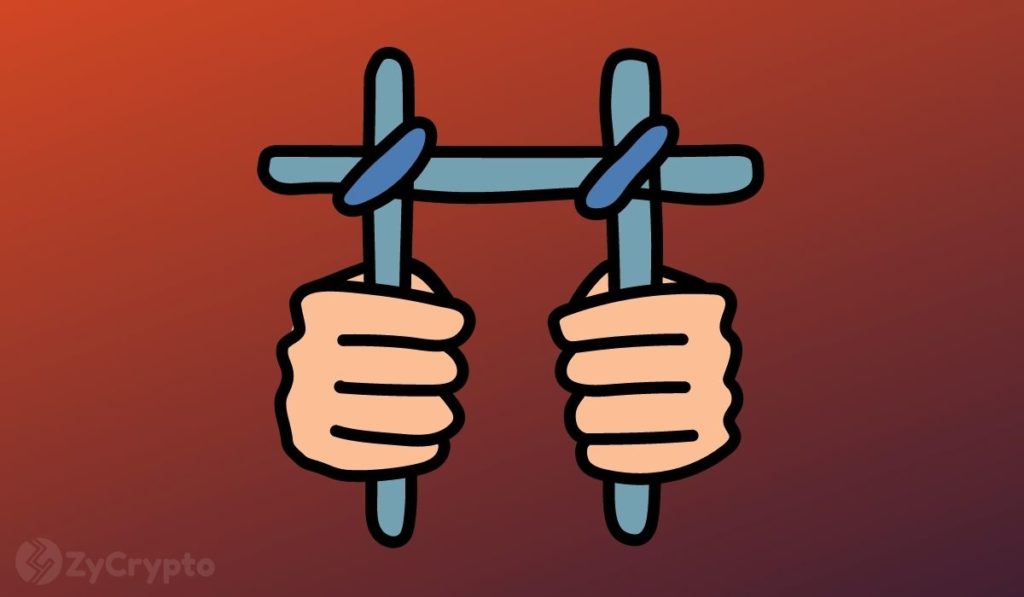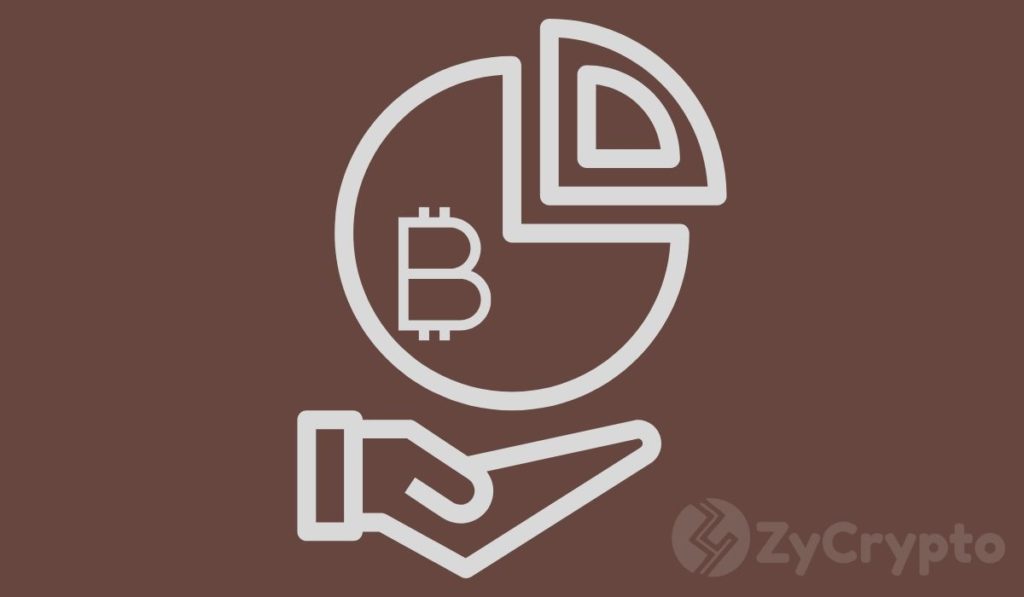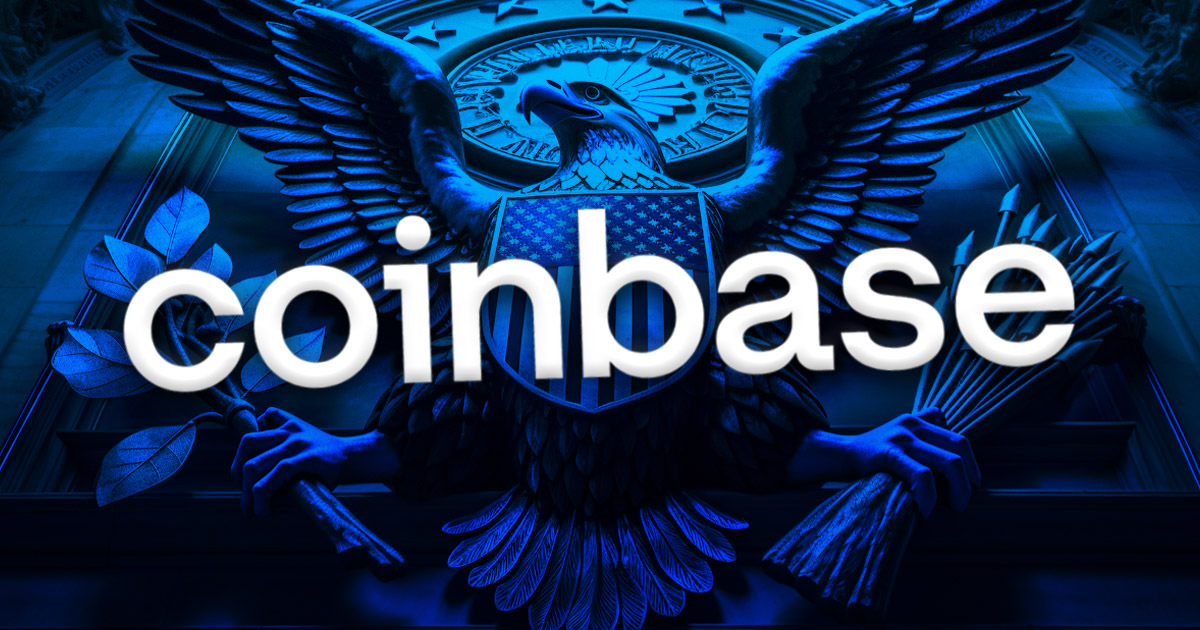
2024-1-25 19:39 |
The Newborn Nine spot Bitcoin ETFs recently launched in the US have seen their combined assets under management explode to $5.1 billion in the nine trading days since their launch. However, throughout this period, the price of Bitcoin has fallen roughly 20%. The share prices for these ETFs have also fallen in line with Bitcoin. So, how do the ETFs continue to purchase more Bitcoin if the value of their shares is in decline?
Commodity-shares ETFs are designed to represent exposure to the underlying asset. In the case of spot Bitcoin ETFs, the underlying asset is, of course, Bitcoin. When money flows into the funds, it is used to purchase Bitcoin at an equivalent rate. As demand increases, so does the value of the ETF shares. The value of the shares relative to the value of the underlying Bitcoin is called the ‘net asset value’ (NAV), and this is used as a barometer to assess whether the fund is over or undervalued relative to the Bitcoin it holds.
Creation of ETF share baskets.New shares in the ETFs are not created out of thin air when an investor decides to buy in. Instead, they are created in baskets by Authorized Participants (APs). BlackRock, for example, currently retains ABN AMRO Clearing, Jane Street Capital, JP Morgan Securities, Macquarie Capital, and Virtu Americas as APs for the iShares Bitcoin Trust.
For BlackRock, these five companies are the only entities able to create or redeem baskets of shares relative to the ETF. Baskets are groups of 40,000 shares, with each valued at around $906,365 as of press time. Each basket is equivalent to around 22.7 BTC, meaning whenever shares are created for the ETF, at least 22.7 BTC (1 basket) must be bought. When shares are redeemed, at least the same amount is sold for cash to give to APs. Under the current mechanisms, only cash can be used to create share baskets, meaning APs cannot give BlackRock Bitcoin in return for shares.
To meet liquidity needs, APs will often buy baskets of shares ahead of time to sell to the market. This process happens once per trading day and uses the CF Benchmarks Index rate for Bitcoin (New York variant) to ensure shares are issued relative to the price of Bitcoin. When the trading activity for an ETF is high, it means there’s a high demand for shares, and thus, there needs to be sufficient liquidity to handle the volume. Baskets of shares will be created in line with the volume, and these new shares will be used to report inflows into the ETFs.
For instance, if 7 million new shares are created, bringing the total outstanding shares to 70 million, and the NAV price for the ETF is $22, the AUM increases by $154 million to $1.54 billion. However, these shares have not necessarily been sold into the open market and in the hands of investors. The newly created shares may still be held by the APs, ready to be used as liquidity for the trading activity ahead.
If Bitcoin’s price declines, which leads to investors selling shares in the ETF, the assets under management do not necessarily decline at the same rate. While the AUM may reduce in dollar terms if Bitcoin becomes less valuable, the number of BTC held in the fund remains unchanged until the AP redeems shares.
Authorized Participants proxy investment in BitcoinA reduction in ETF share price while its AUM increases due to additional Bitcoin purchases, therefore, could signal that the APs believe the underlying asset is undervalued. APs can hold onto outstanding shares without redeeming them if they believe Bitcoin will be worth more in the future. Each share is priced relative to the AUM when valued in dollar terms. Therefore, by not redeeming the shares if Bitcoin rallies in the future, the AUM will also increase, making each share more valuable.
Therefore, given that both the Newborn Nine and the underlying Bitcoin have declined around 18% since launch. At the same time, the combined assets under management have grown by approximately $550 million per day, and it seems the APs are not redeeming shares.
The only ETF seeing outflows in terms of redemptions is Grayscale, with its imposing 1.5% fee and majority of investors in profit. All other ETFs, namely the Newborn Nine, are experiencing daily inflows via new share basket creations from APs.
There is around $1.5 billion in trading volume across the spot Bitcoin ETFs, which requires considerable liquidity to facilitate. Should this liquidity fall off, we may see some redemption activity.
Until then, the combined value of cash used by US institutions to facilitate share creation for Bitcoin ETFs is over $27 billion. Given that the price has declined while new share baskets have been created, it is reasonable to assume that some of this Bitcoin is essentially owned by APs such as JP Morgan and Jane Street Capital, among others.
If JP Morgan as a company were as bearish on Bitcoin as CEO Jamie Dimon, one might expect baskets to be redeemed as long as enough shares exist in the market to handle liquidity. Yet, from current data, it seems no share baskets have been redeemed for the Newborn Nine. Any shares that may currently be unallocated to investors belong to the APs who created the baskets.
Bitcoin ETFs highly liquid and actively traded.For BlackRock’s iShares Bitcoin ETF (IBIT), 11.9 million shares changed hands on Jan. 24, with 77.2 million shares outstanding. This calculates to around a 15% liquidity rate.
In comparison, BlackRock’s iShares Core S&P 500 ETF (SPTR) has 854 million shares and an average volume of around 5.5 million, indicating a volume of 0.6% of the float. For IBIT, this equated to roughly $270 million in volume, while SPTR saw around ten times more at $2.7 billion. Thus, SPTR has 10 times the volume but IBIT has 25 times the liquidity.
The high liquidity for Bitcoin ETFs indicates strong, albeit potentially more speculative, interest in the financial products. SPTR’s lower trading ratio indicates its stable position in the market, with far less speculative trading. However, the Bitcoin ETF may also be less sensitive to large trades, given the deep liquidity available.
By all accounts, the debut of spot Bitcoin on Wall Street has been an enormous success. The interest from investors is evident through the volume, and the institutional interest and belief can be seen clearly in the strong basket creation across the board.
I’d even hazard to guess that if volumes decline, we will continue to see daily inflows into the Newborn Nine ETFs as long as Grayscale continues its outflows. Given how the Bitcoin price is calculated for ETFs, buying Bitcoin from Grayscale is an excellent method of averaging dollar cost into Bitcoin. This is especially true when, on paper, APs are giving cash to the world’s leading asset managers like BlackRock and Fidelity rather than custodying Bitcoin themselves. Further, there is no public exposure to this method of Bitcoin accumulation, meaning that the reputational risk is low.
Unfortunately, unlike blockchain, TradFi is a closed book. There is no way to know how many outstanding shares are held with APs and how many are in investors’ hands. Future disclosures and reports may give snapshots of the situation, yet we are left mainly in the dark until TradFi adopts a more transparent blockchain-based infrastructure.
Is JP Morgan using BlackRock to buy Bitcoin behind closed doors?The answer is maybe. To address whether institutions such as JP Morgan and other APs could be using ETFs like BlackRock’s as a proxy to buy Bitcoin, I’ll end with this line from BlackRock’s prospectus;
” An Authorized Participant is under no obligation to create or redeem Baskets, and an Authorized Participant is under no obligation to offer to the public Shares of any Baskets it does create.“
This is, of course, the standard language for such a document, but it does make you wonder. This flexibility could be significant. It implies that these institutions have the freedom to manage their involvement in the ETF in a way that aligns with their investment strategies, including how they want to expose themselves to Bitcoin.
So, if an institution believes that Bitcoin’s value will increase, it might create baskets to get more shares (and hence, more exposure to Bitcoin) without necessarily selling those shares to the public. On the other hand, if they’re less optimistic or want to reduce their exposure, they might choose not to create baskets.
This kind of strategy could be one way for institutions to indirectly invest in Bitcoin, using the ETF as a tool to manage their investment without directly buying or selling Bitcoin itself.
The post Why declining prices did not stop Bitcoin holdings increasing for new ETFs appeared first on CryptoSlate.
Similar to Notcoin - TapSwap on Solana Airdrops In 2024
Bitcoin (BTC) на Currencies.ru
|
|
































